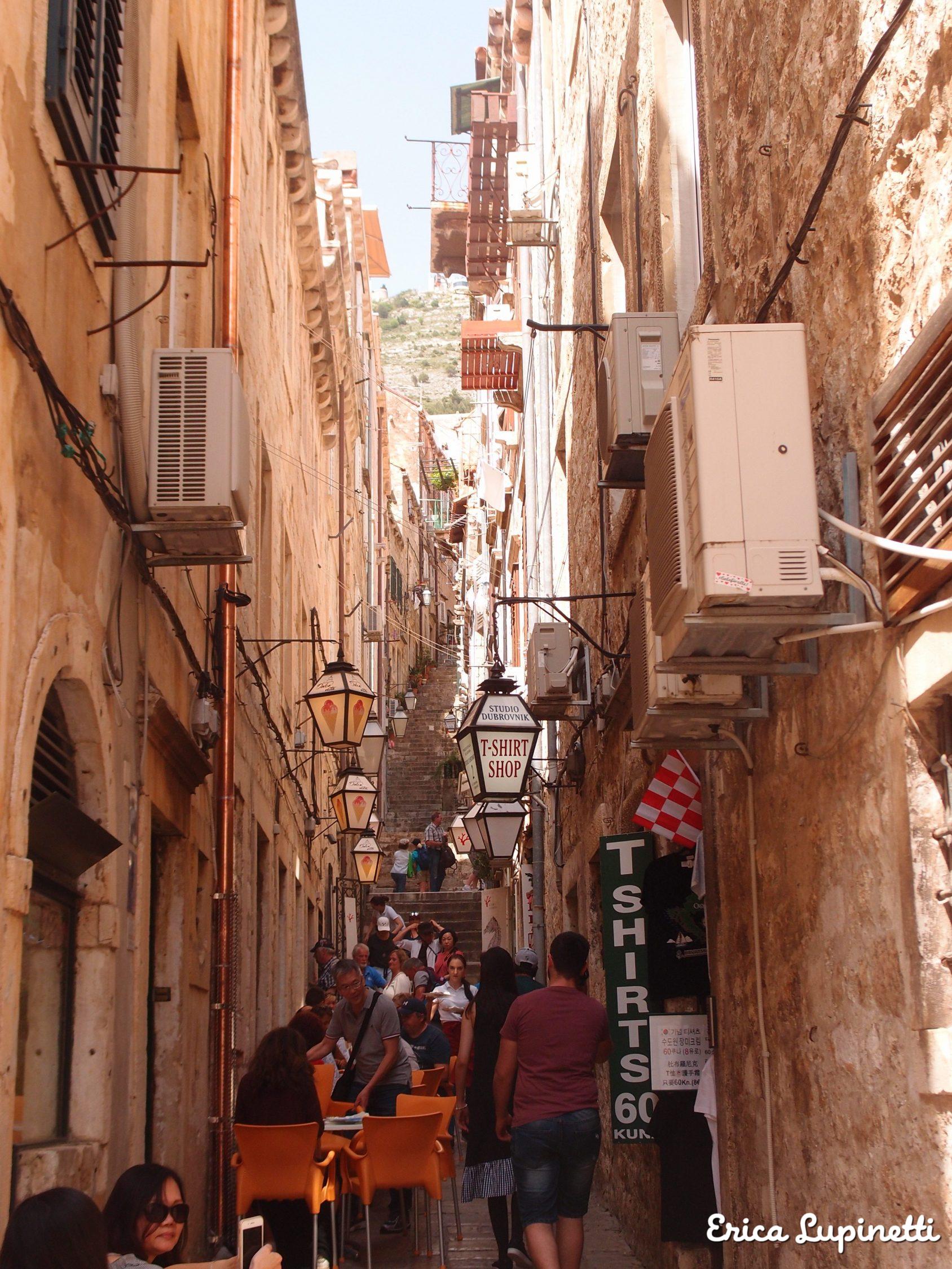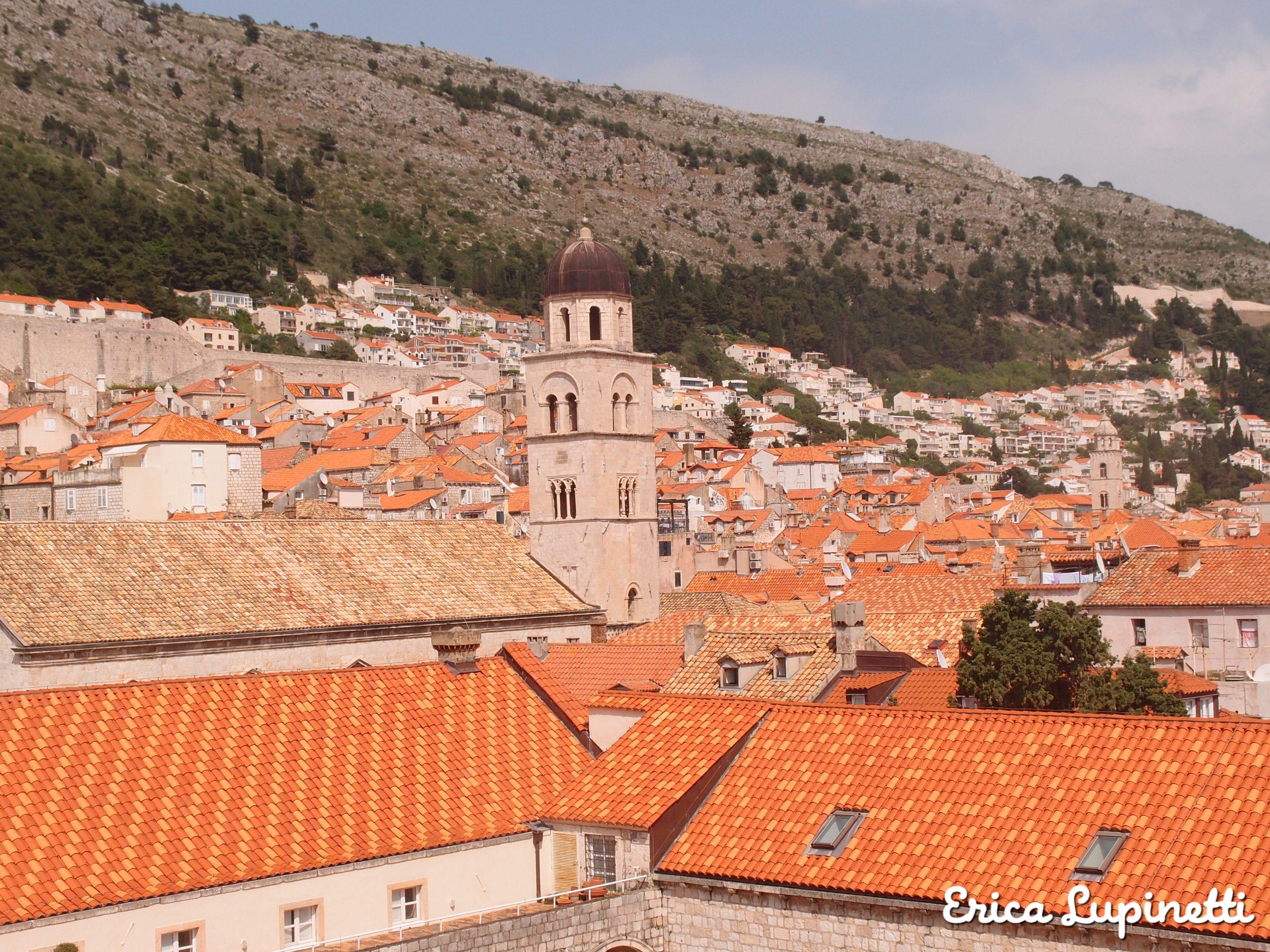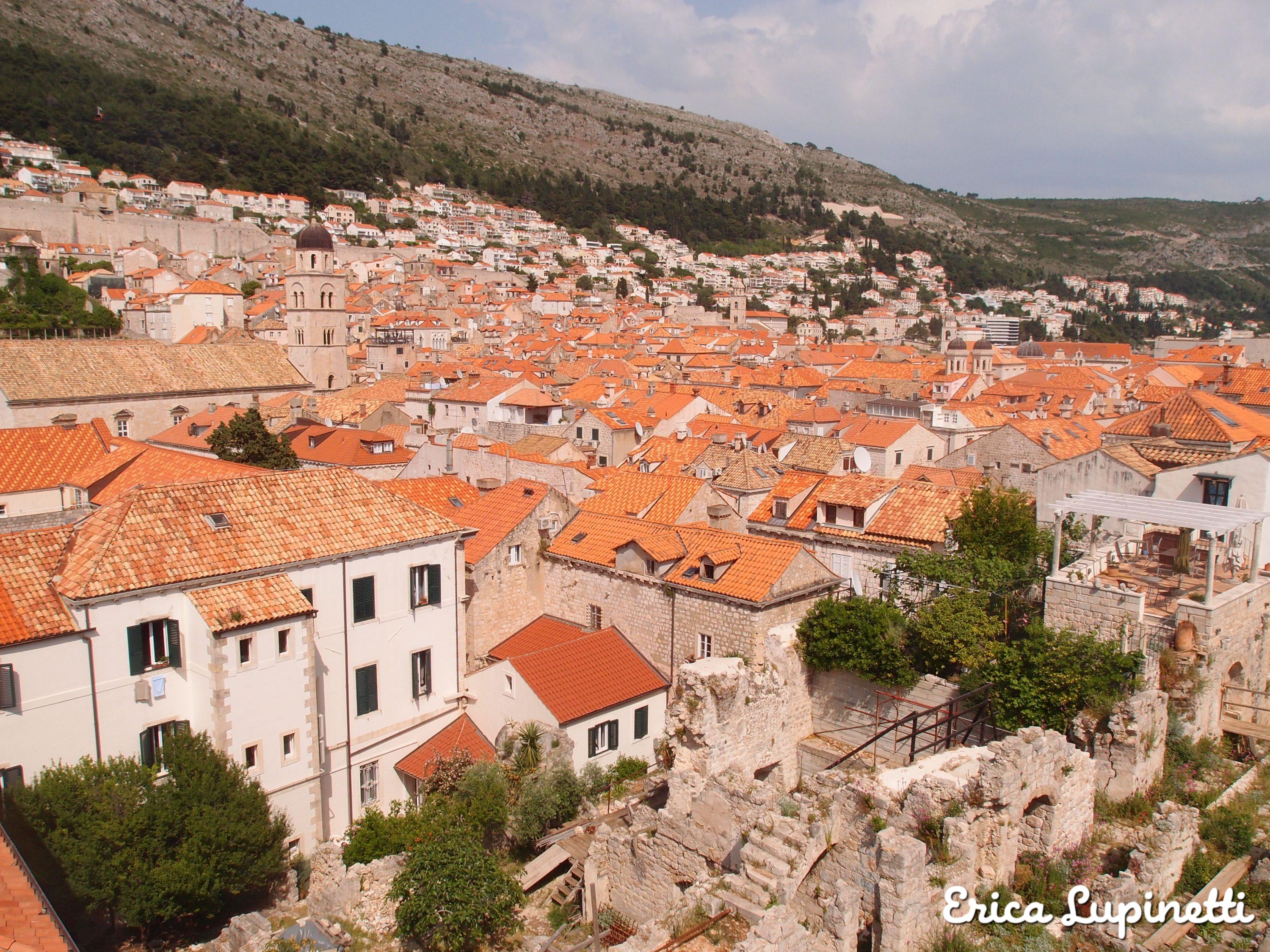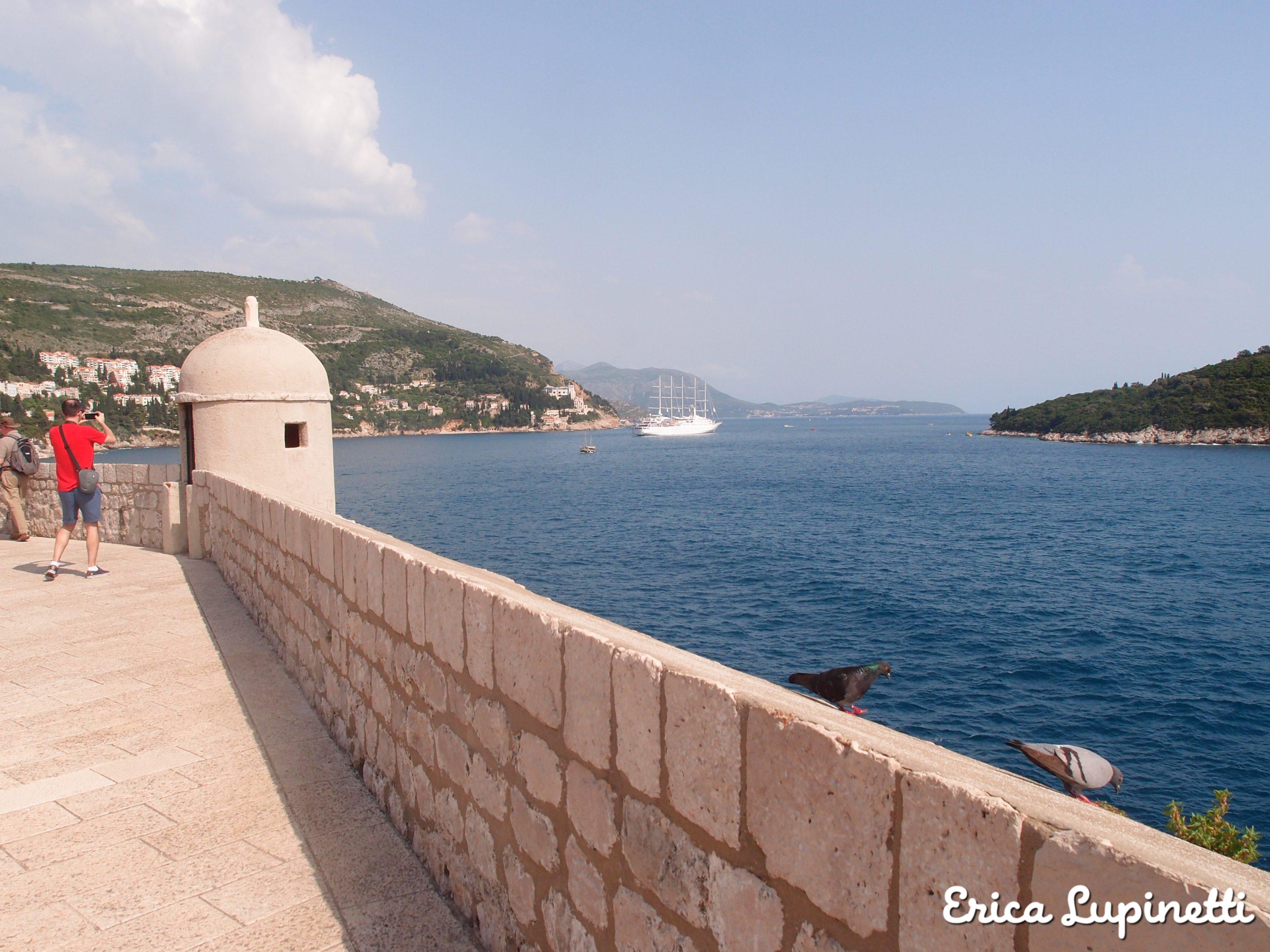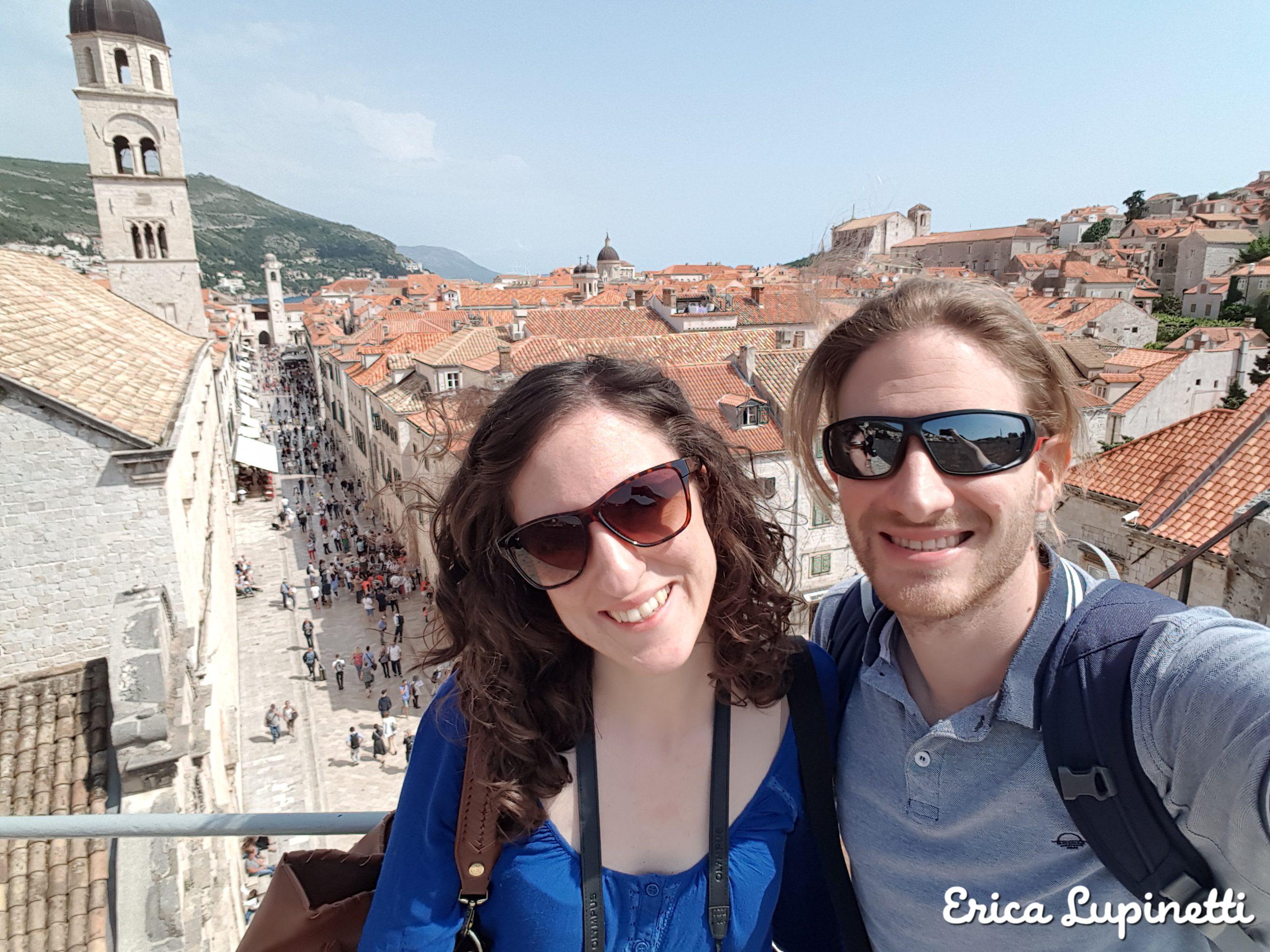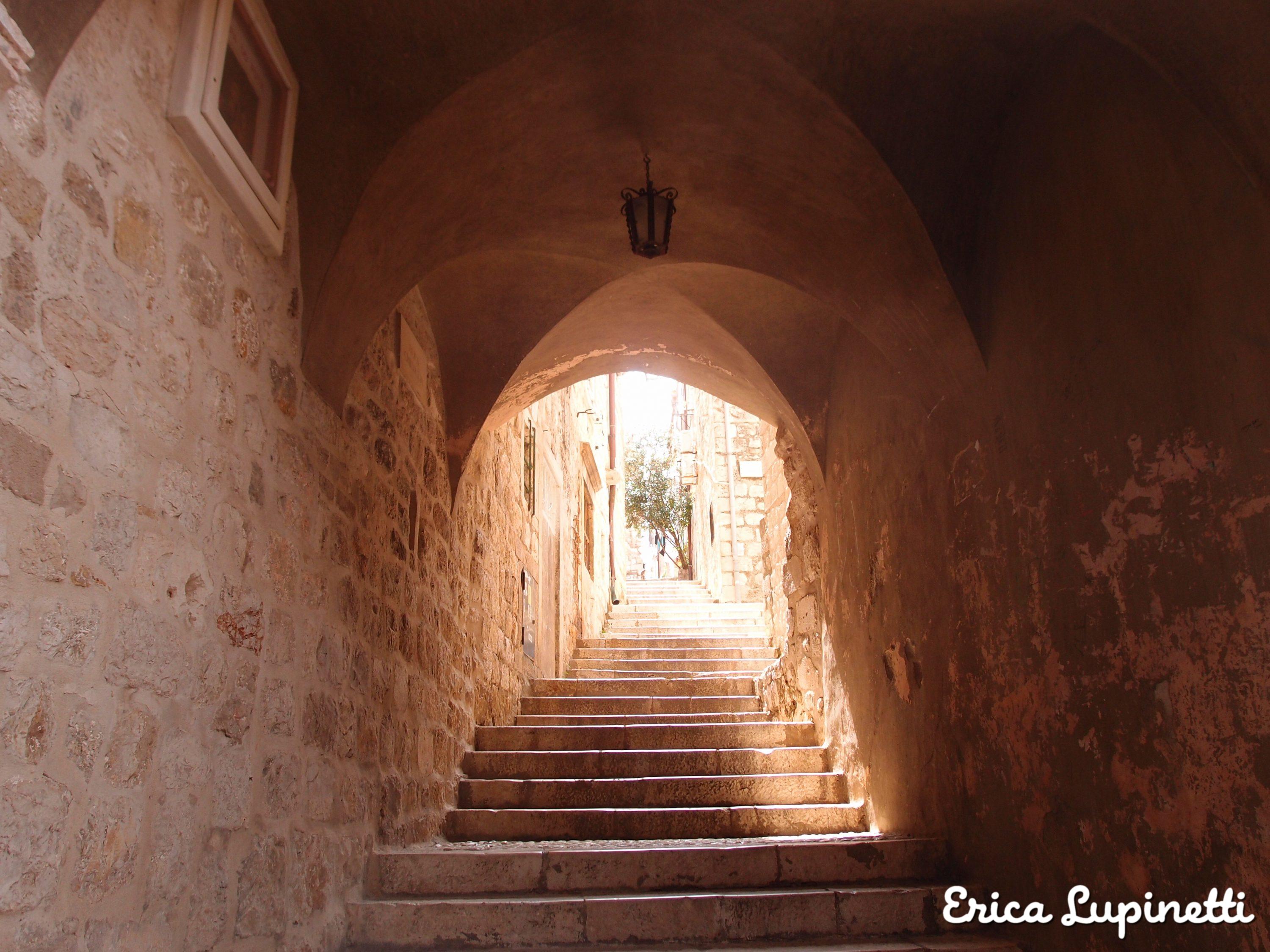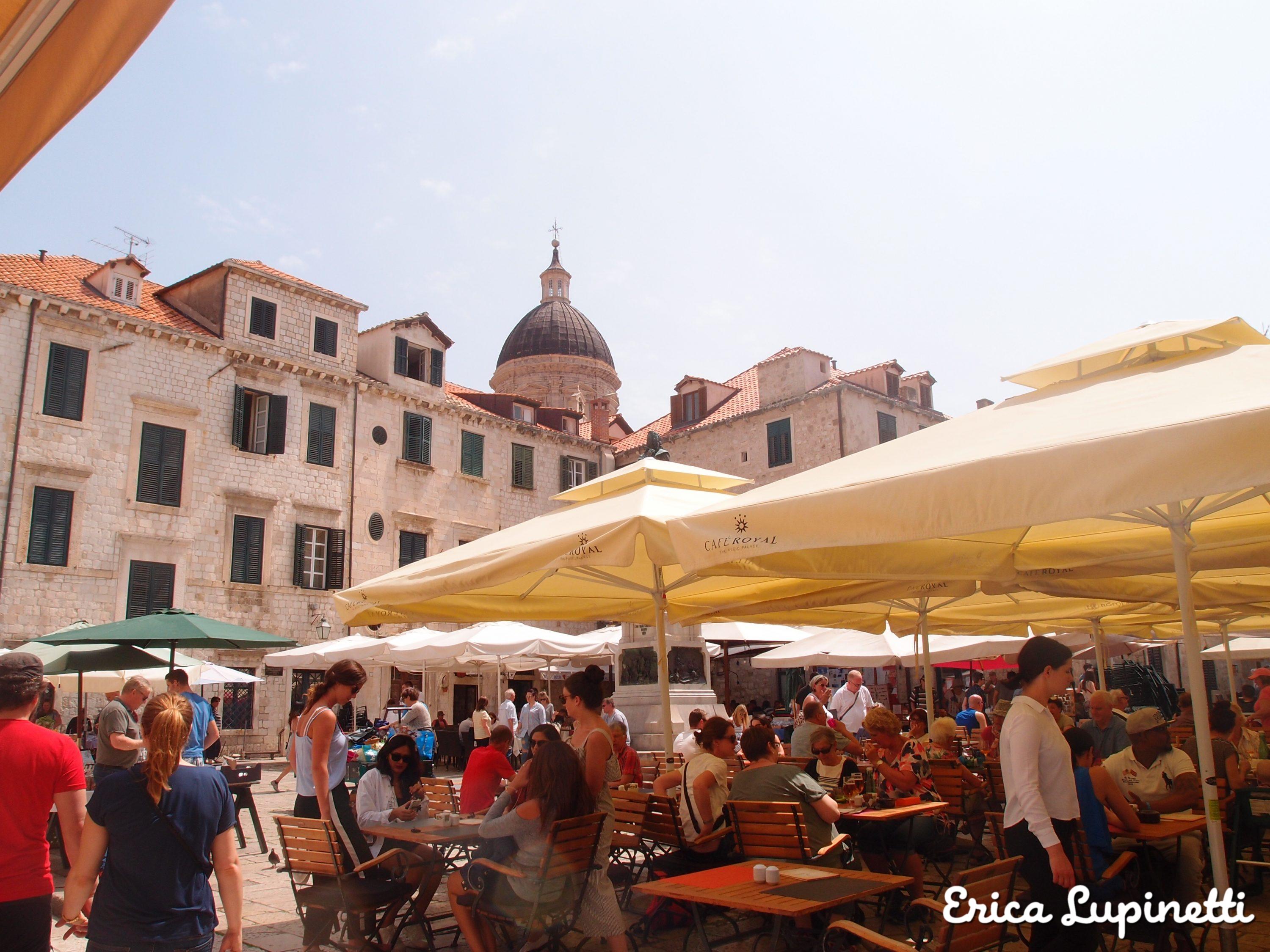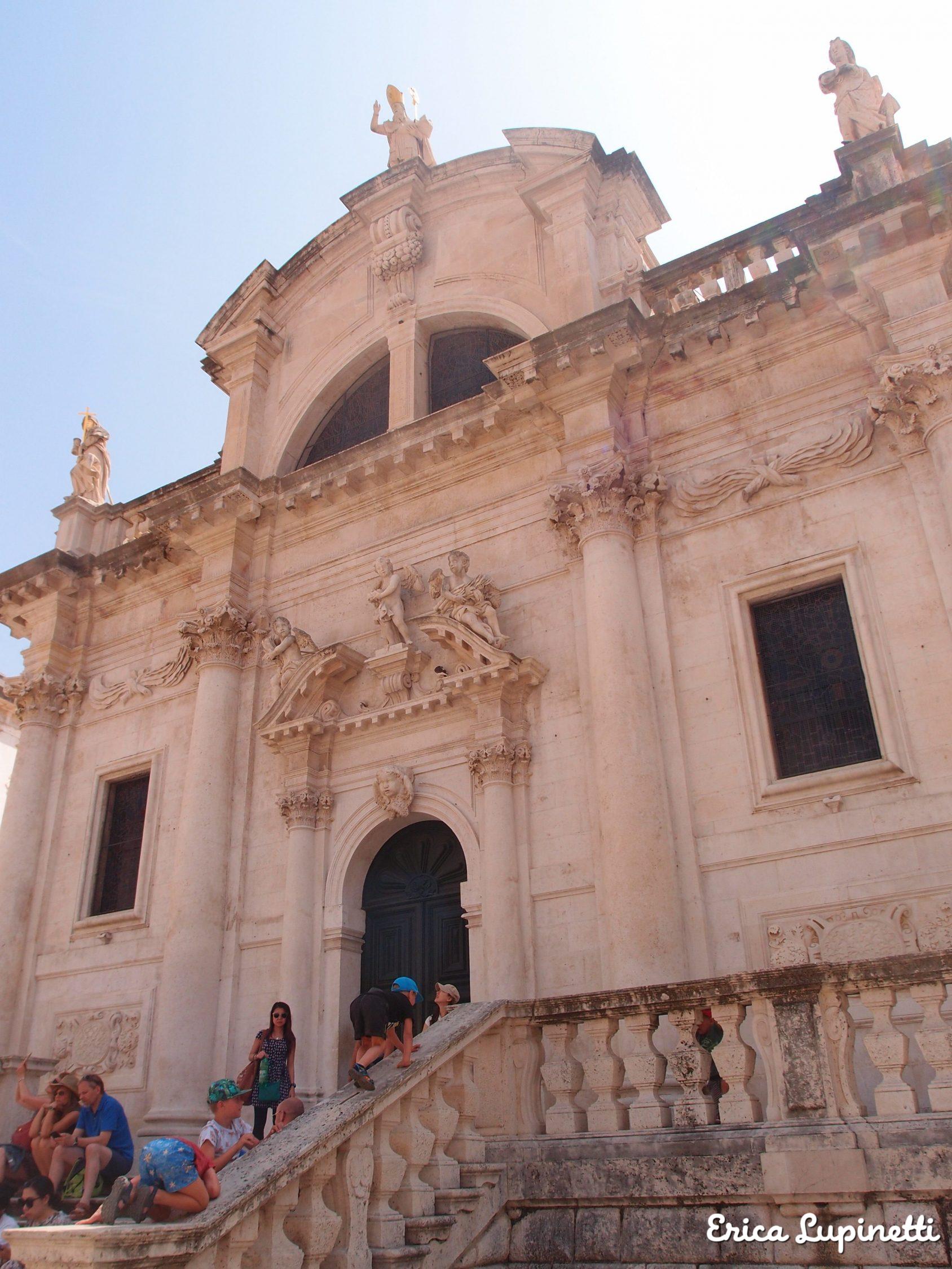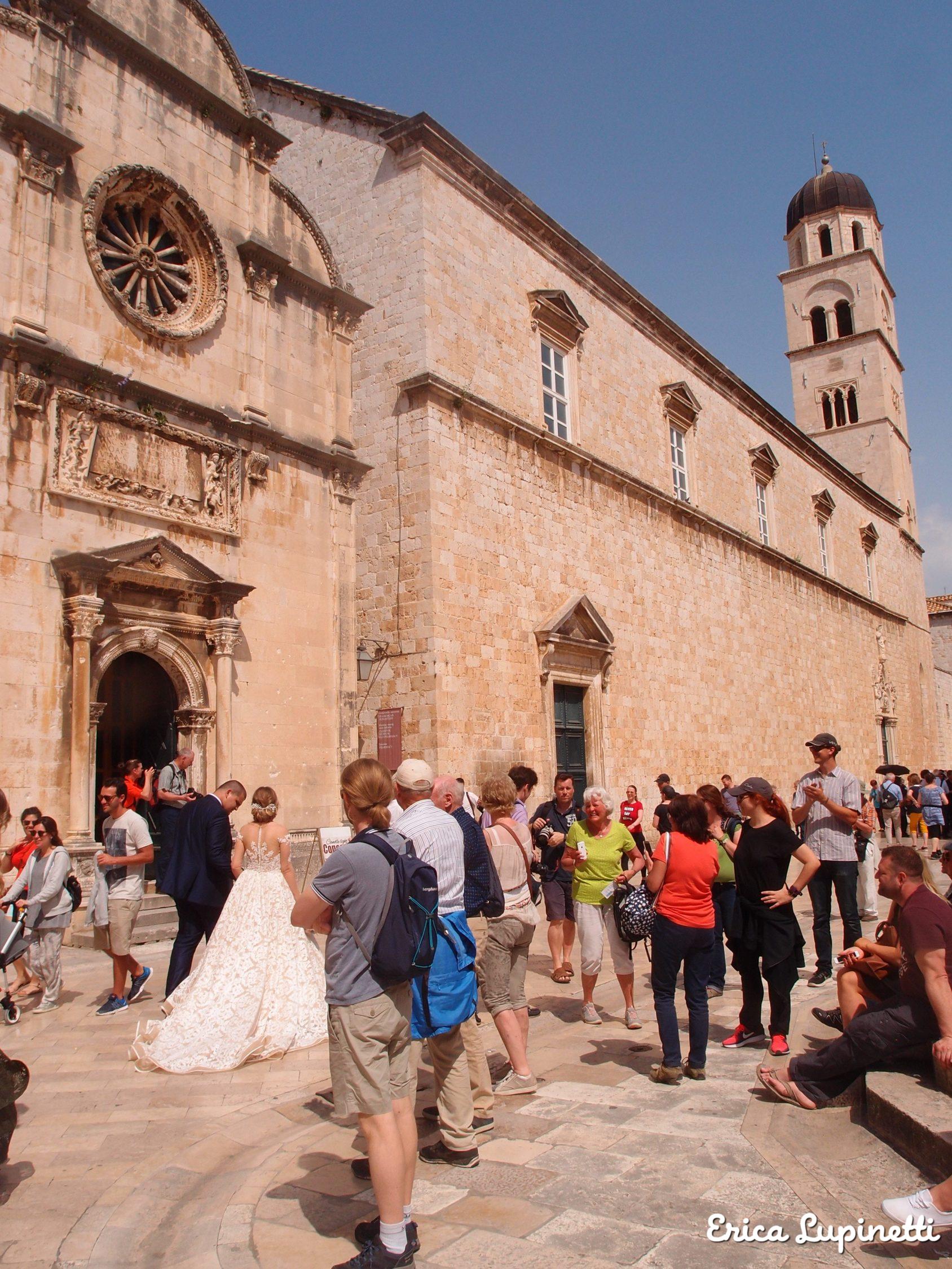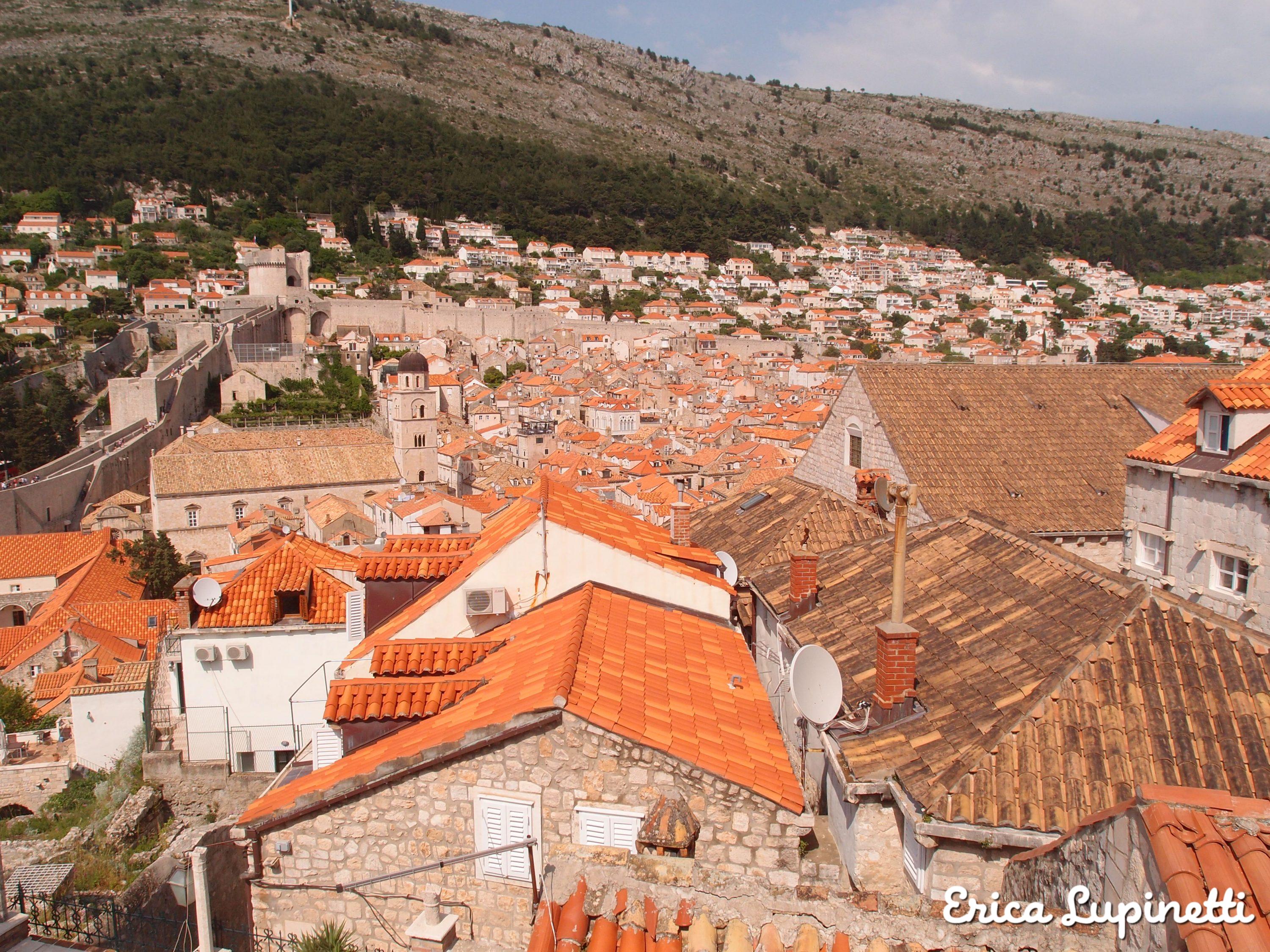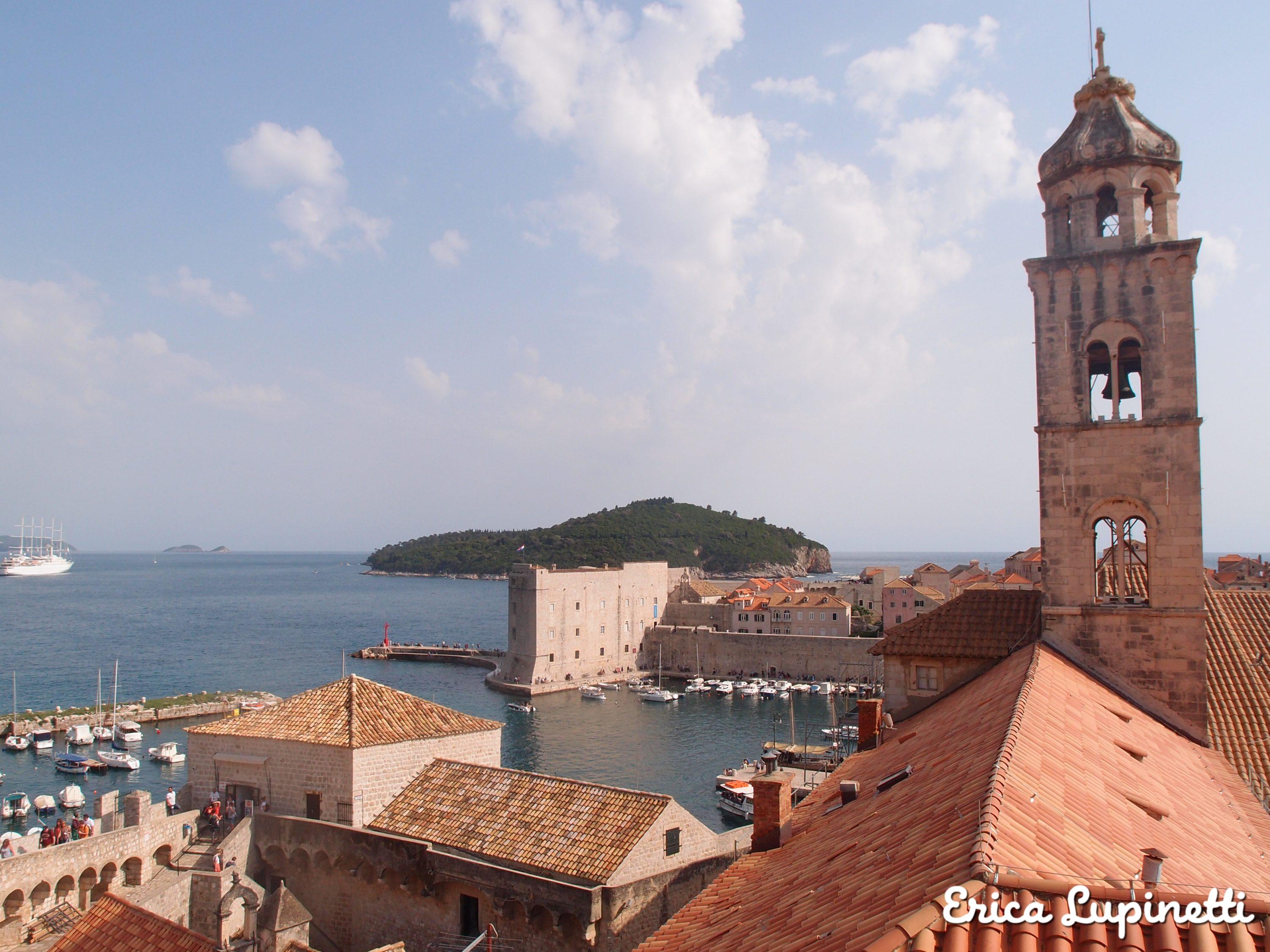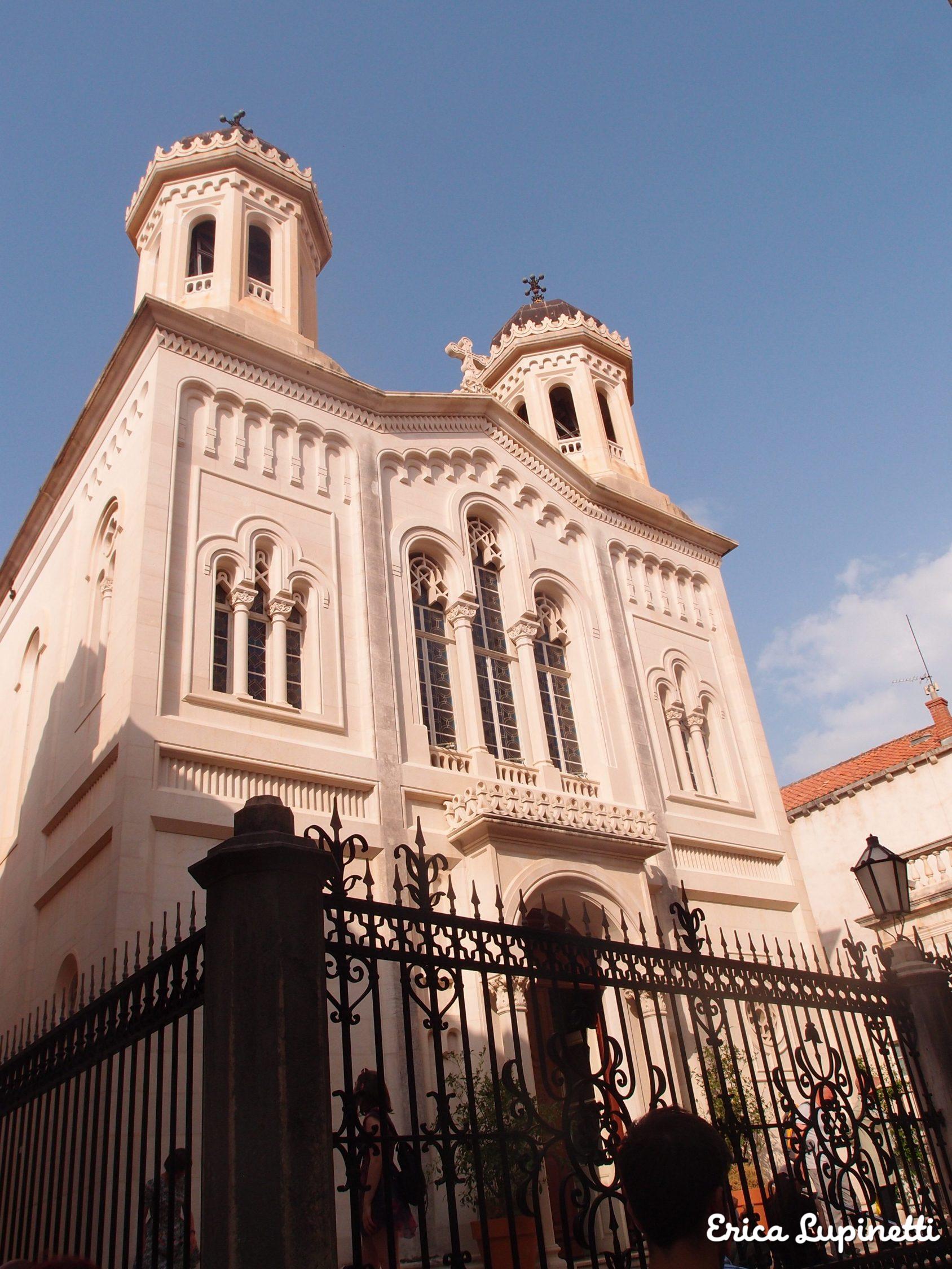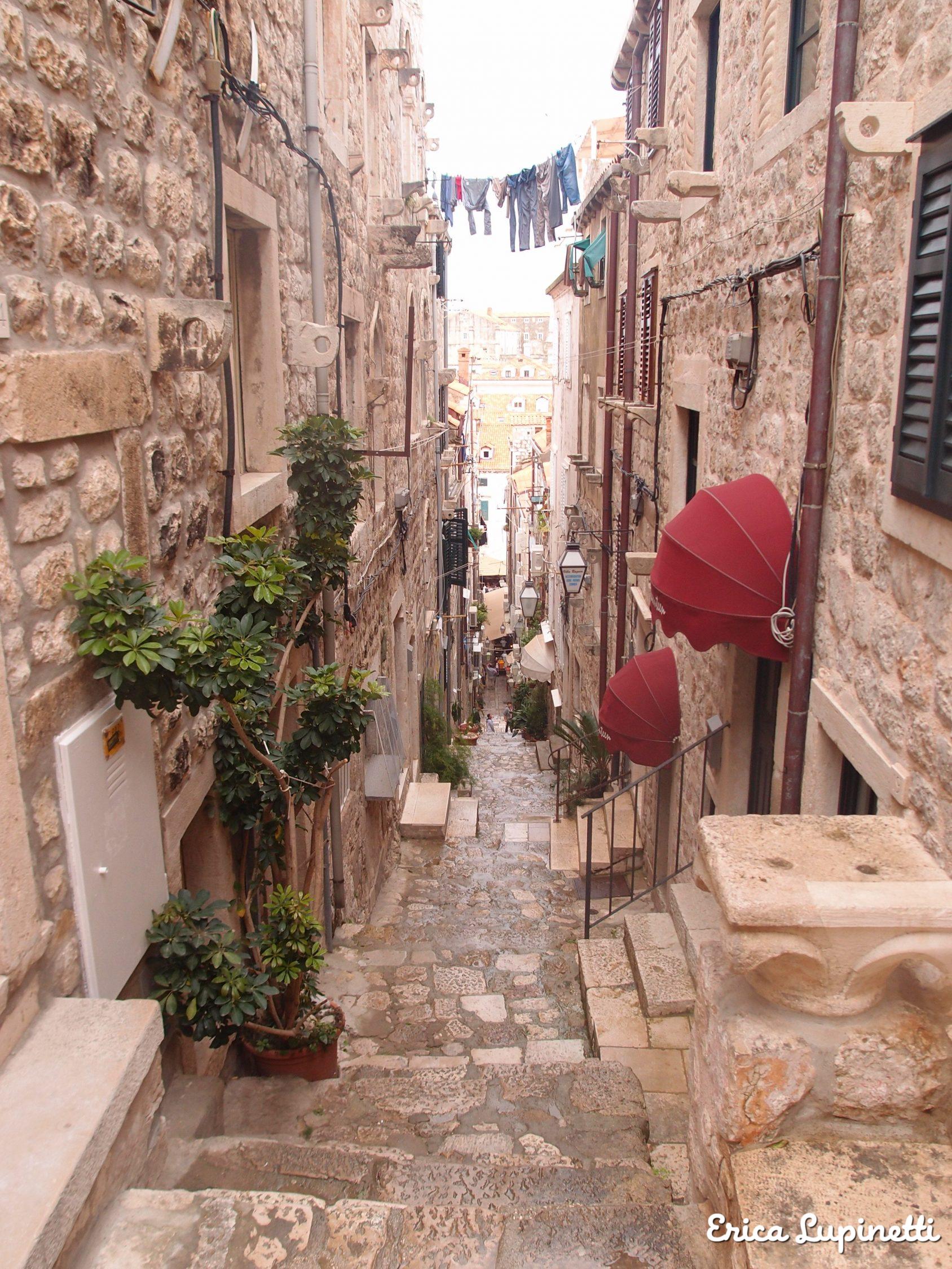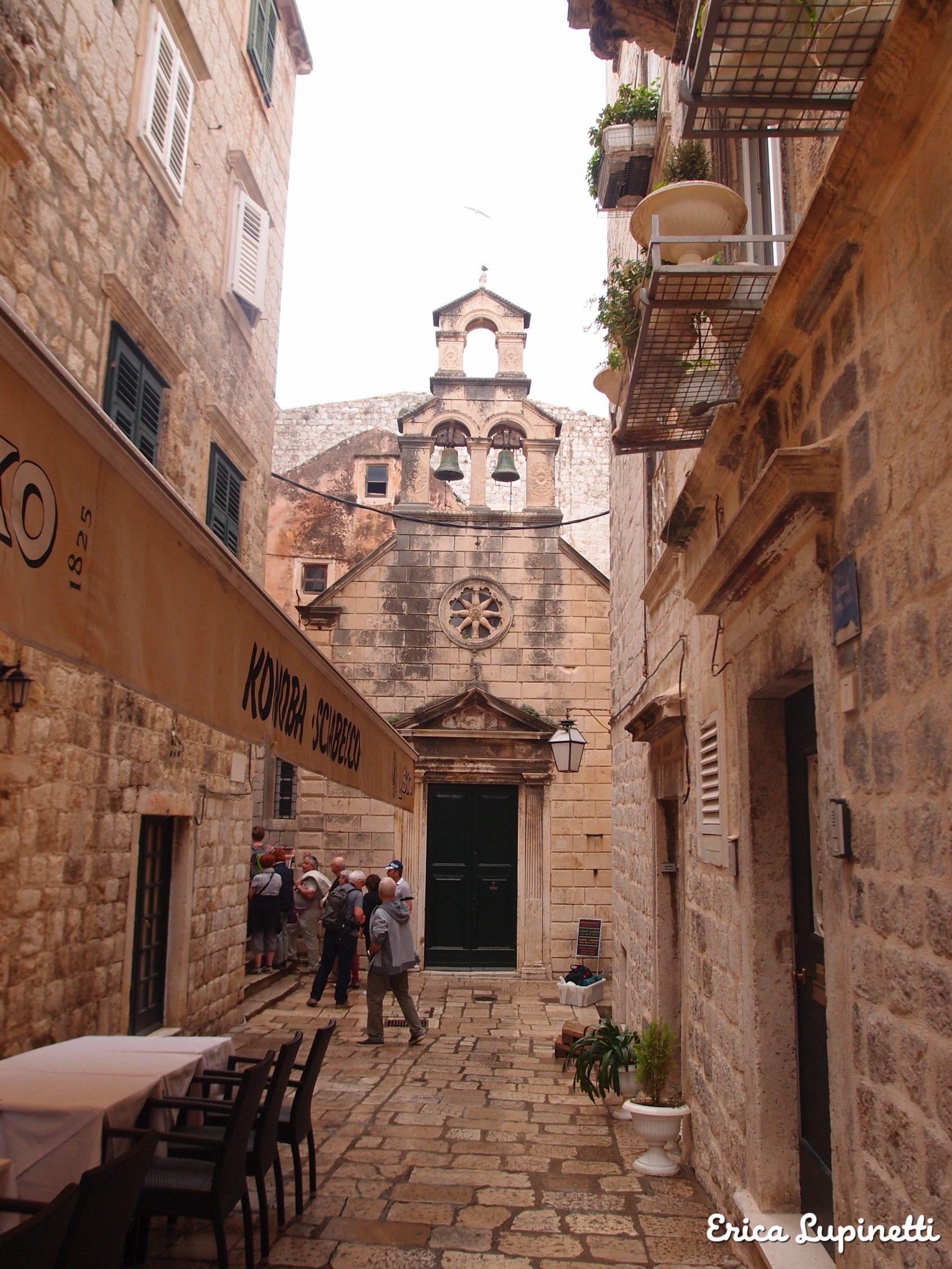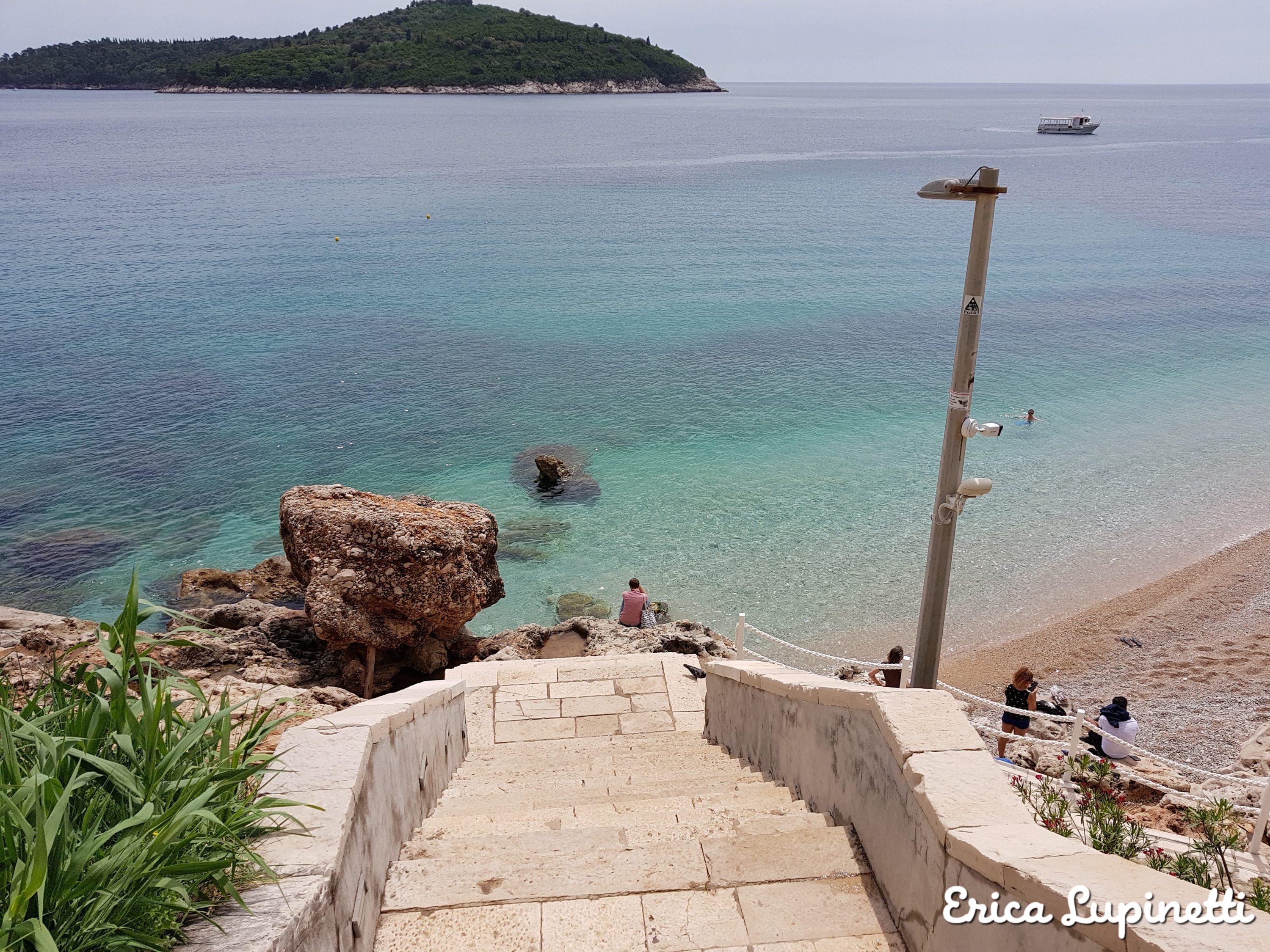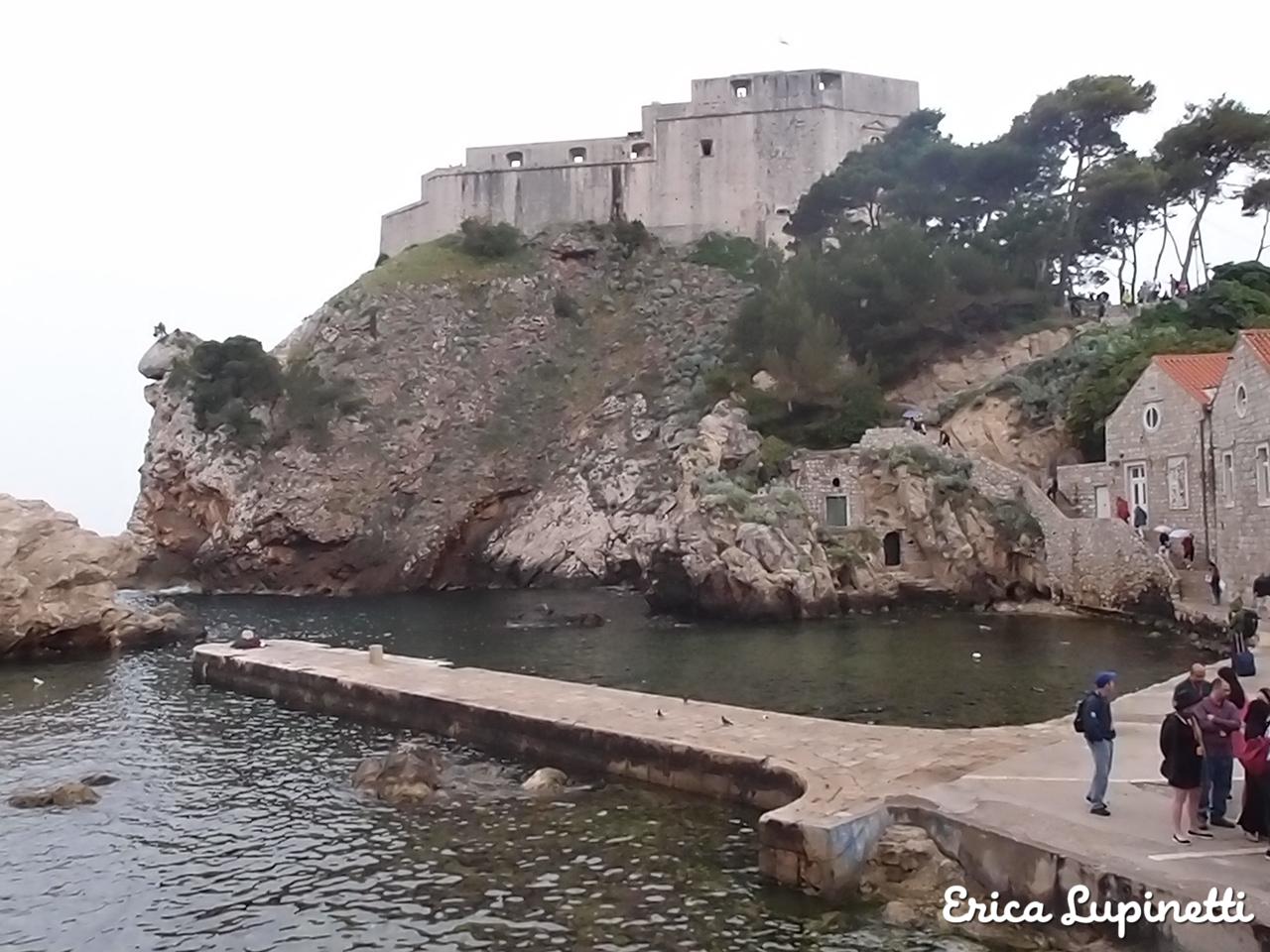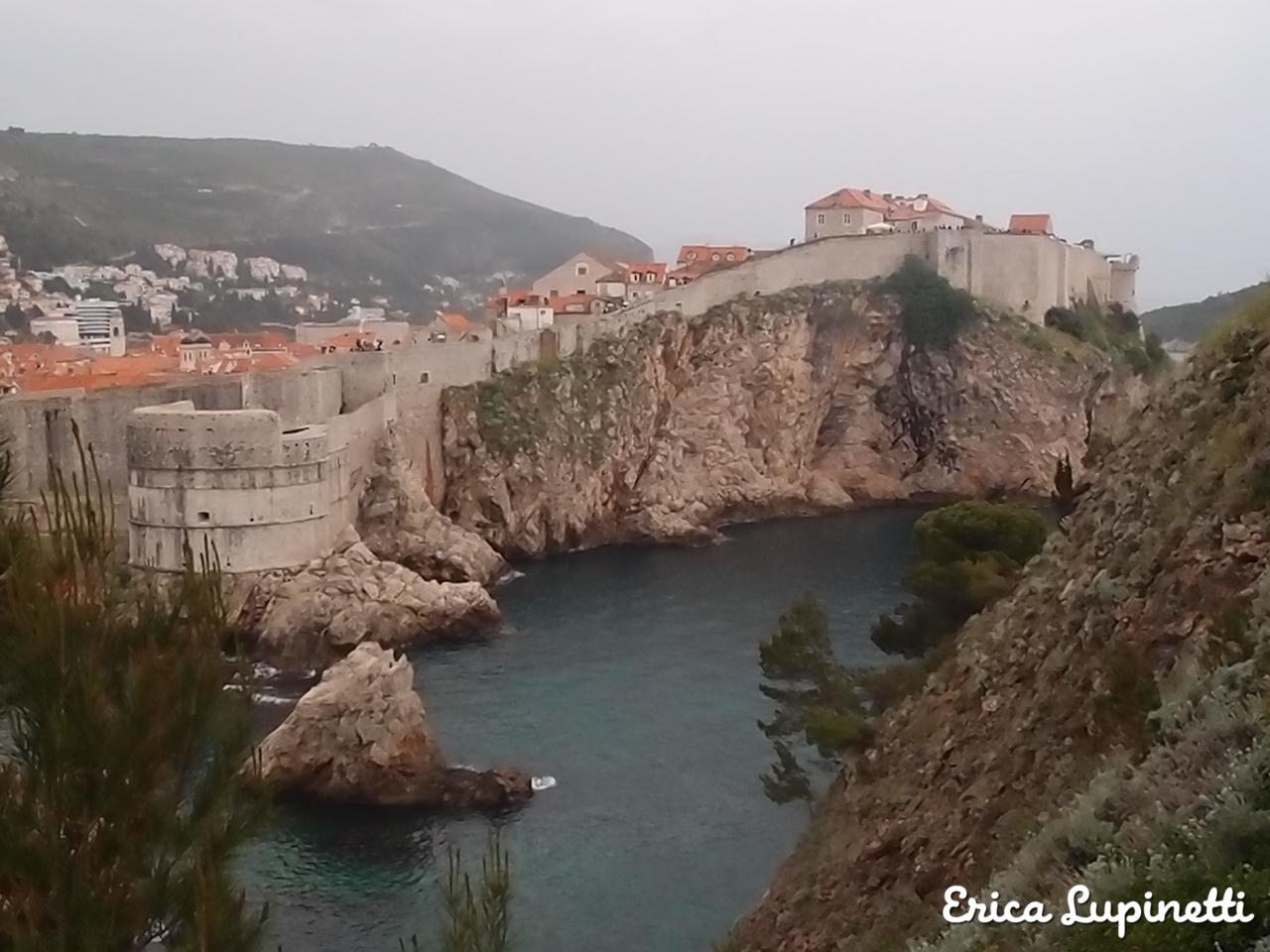A UNESCO awarded fortified Old Town surrounded by dazzling blue waters
Dubrovnik , or Ragusa in Italian, it is also called the Pearl of the Adriatic due to the beautiful Gothic, Renaissance and Baroque architecture of its monuments, palaces and churches and the natural outstanding Mediterranean scenery and mild climate all year long. Dubrovnik boasts 250 sunny days per year, an average year temperature of 17 C° and an abundant presence of lemon, orange and olive trees. Locals are very proud of their city and consider it the most beautiful place on Earth.
Dubrovnik started acquiring political and economical power from the 13th century onward. The city was badly damaged by an earthquake in 1667 and again during the Independence war in 1990s; the city has been refurbished by UNESCO project.
The city’s fabulous architecture together with being one of the preferred “Game of Thrones” film setting, has attracted millions of tourists in the last decade. The city has plenty of interesting things to do: whether you want to concentrate on its history, buildings, or doing a Game of Throne film settings tour, make sure you don’t miss the must-do city attractions. I only had 1 day to explore it, so let’s go through the main things to do in 24 hours.
1. City Walls
The Walls of Dubrovnik are considered as one of the most imposing and strong fortifications in Middle Aged Europe: the city resisted to various attacks from Turks, Venetians, Ottomans etc. as a result of the continuous reconstructions and additions to the existing series of defensive stone walls. For this reason, not a single enemy managed to find its way through the city walls for five centuries and as a result, the Republic was free to expand and flourish becoming one of the most sophisticated and wealthy territory in the whole Adriatic region. Dubrovnik became famous for being “indestructible“.
The fortifications run without interruption for about 2 km around the Old City and are 25 m high. The walls were reinforced by 5 bastions, 14 quadrangular towers, and the large St. John Fortress. The external moat was armed with 120 cannons which made the City Walls one of the best examples of defensive architecture. This impressive structure is the reason why the city became part of the UNESCO Heritage in 1979.
Don’t underestimate the difficulty of this walk on a hot day: bring plenty of water or be prepared to buy it at an insane price from street vendors.
Today this area is an amazing panoramic trail that can be visited in 1 hour enjoying breathtaking views over the limestone Old Town of Dubrovnik going up and down narrow stone stairs and enjoying the mesmerizing shades of blue of the Adriatic Sea all around you.
2. The Old Town
The best way to explore this architectonic jewel is to put your map back in your pocket and randomly take the narrow streets and get lost in this maze. At every turn you will find out picturesque stone houses decorated with plants and flowers, stairs (a lot of them!) taking you to another narrow lane where nice restaurants and bars will offer you a welcomed excuse to stop by and get a refreshing drink. The main highlights of the Old city center are the following ones:
- Pile Gate: the imposing stone entry dating back to 1537, is the first scenic element that will give you an idea of the treasures hidden behind its walls. The Statue of St. Blaise, the patron of the city will be the first of many you will notice inside the Old Town. Once you pass by the Renaissance arch, and the following Gothic one you will be astonished by the view of the Stradun, the main road of the city dotted with restaurants, shops and bars.
- St. Blaise Cathedral: built in 1706 by the Venetian architect Marino Gropelli in baroque style, this church was commissioned by the Senate of Dubrovnik to replace the old 14th century building which was completely destroyed by a fire in 1706. Everything disappeared in the fire except for the silver statue of St.Blaise, which according to the tradition was saved by a miracle. St.Blaise is celebrated on the 3rd of February which is also Dubrovnik’s Day.
- The Rector’s Palace: a blend of Gothic and Renaissance style resulting from various refurbishment, this palace was built during the 15th century in honor of the Dubrovnik Rector and includes his private chambers, assembly halls, administrative offices and a dungeon. Today it has become the Cultural History Museum of Dubrovnik and features impressive restored rooms, portraits and objects of the old Ragusa Republic.
- St. Ignatius of Loyola Church: this Jesuit church was built between 1699 and 1725 and it is now a Diocesan Classical high school. Many will recognize this dramatic building placed at the top of a vertiginous flight of white stairs as the film background of a famous Games of Throne’s scene: the starting point of Cersei Lannister’s memorable naked penitential walk.
- The Stradun: all streets leads to the “Placa” as it is called by locals so there is no way you can miss it! It stretches from the Pile Gate to the harbor and it used to be a channel dividing the small island on which Dubrovnik was built from the mainland. Then, it was filled up to build the main pedestrian town’s street which is today full of restaurants, cafés and shops. Beware of tourists traps and expensive seafood restaurants selling very basic and low quality dishes at insane prices.
- The Clock Tower: one of the main city’s landmark at the end of the Stradun, near the harbor, featuring a 31 m high panoramic tower bell overlooking the Old Town and dating back to the 15th century.
3. Banje Beach
A great spot to enjoy some sunshine or to do a picnic is this pebble beach with crystal waters and great views over Dubrovnik Old Town. It can get very busy at the first ray of sun due to its vicinity to the harbor and city center.
4. Lovrijenac Fortress
This impressive triangular-shaped white stone fortress dating back to 11th century was erected on a 37 meters high cliff on a strategic position with defense purposes. According to the legend, Venice planned to build a fort on this rock and place its army inside to start invading the city. However the city of Dubrovnik found out their plan and the citizens quickly stole their idea and blocked the Venetians arrival using their own trick. The patriotic local spirit is well represented by a carved ancient Latin inscription at the entrance which says: ” NON BENE PRO TOTO LIBERTAS VENDITUR AURO” meaning “Freedom is not sold for all the gold in the world”.
Today this massive building offers outstanding views over the glazing sea and it has become a very popular tourist attraction, protagonist of one of the Games of Thrones’s episodes: it is the Red Keep in King’s Landing, capital of the Seven Kingdoms.
Thinks about joining a guided tour to know more about the history of this stunning city!

As a general tip, start queuing at museums and main attractions entries early in the morning to avoid the crowds and visiting at the hottest hours during spring and summer. Dubrovnik is also one of the most expensive cities I have ever been in, so book your accommodation as early as you can. It is easy to find various flats on Airbnb but expect to find inflated prices no matter when you book because Dubrovnik is a very popular and evergreen destination.

Doing a Croatian low budget itinerary, I chose to spend only one night here due to the prices: don’t do the same mistake! I now regret not having had more time to see the islands in front of the city such as Lokrum, easy to reach on a day trip or have more time to spend some time on the nearby turquoise beaches.

We reached Dubrovnik after a 4 hours rough ferry cruise from Split, and from here we went all the way back to our starting point stopping a few days in Hvar island and Mljet island. If water is not your thing, there are also regular buses running on this route that you can book in advance on the Flixbus website.

I know it is a bit of a “cliché”, but being Italian I have a talent for finding the best pizza places in every country. Just outside the city walls, we have found this little pizzeria making giant stone-baked pizzas with good quality ingredients! A great option for a quick and tasty lunch!

The local currency is the Croatian Kuna. I always withdraw money at a local ATM to avoid paying over expensive commissions at the exchange bureau. Croatia used to be a very economic destination until ten years ago attracting tourists from nearby countries; recently I find it pretty expensive no mater where you go, especially in Dubrovnik.
